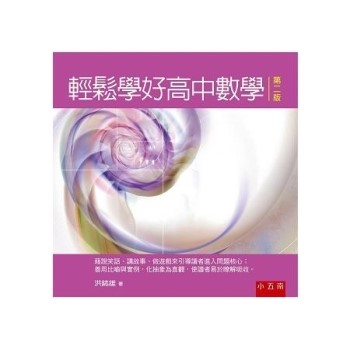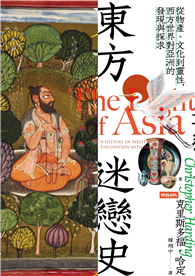The imperial convent of St. Servatius at Quedlinburg (founded in 936) was one of the wealthiest, most prestigious, and most politically powerful religious houses of medieval Germany, subject only to the authority of the emperor and the pope. This is the first English-language volume to provide an introduction to this important female religious community.
The twelve essays by a team of international scholars address an array of topics in Quedlinburg’s medieval history, with a particular focus on how the Quedlinburg community of learned aristocratic women used architecture and the visual arts to assert the abbey’s illustrious history, ongoing political importance, and cultural significance.
Contributors are: Clemens Bley, Karen Blough, Shirin Fozi, Tobias Gärtner, Eliza Garrison, Evan A. Gatti, G. Ulrich Gro mann, Annie Krieg, Manfred Mehl, Katharina Ulrike Mersch, Christian Popp, Helene Scheck, and Adam R. Stead.












